Hello, hello, Mythsters! We’re in China this week, and if you’ve missed the podcast episode covering the country, check it out here. Like everywhere we’ve been since we started, China has so many dragon myths that it’s near impossible to cover them all in one sitting. So we’ll be doing two blog posts on the dragons of Chinese mythology. And that’s why you’re here, you want them dragons tales.
Say no more. Let’s dive in.
China has several different types of long, or dragons. As we learned in episode 7 of the podcast, they come in various forms and they seem to be connected with certain elements. We also learned that the long is a conglomeration of various animals, and for a very good reason.
Types of Dragons
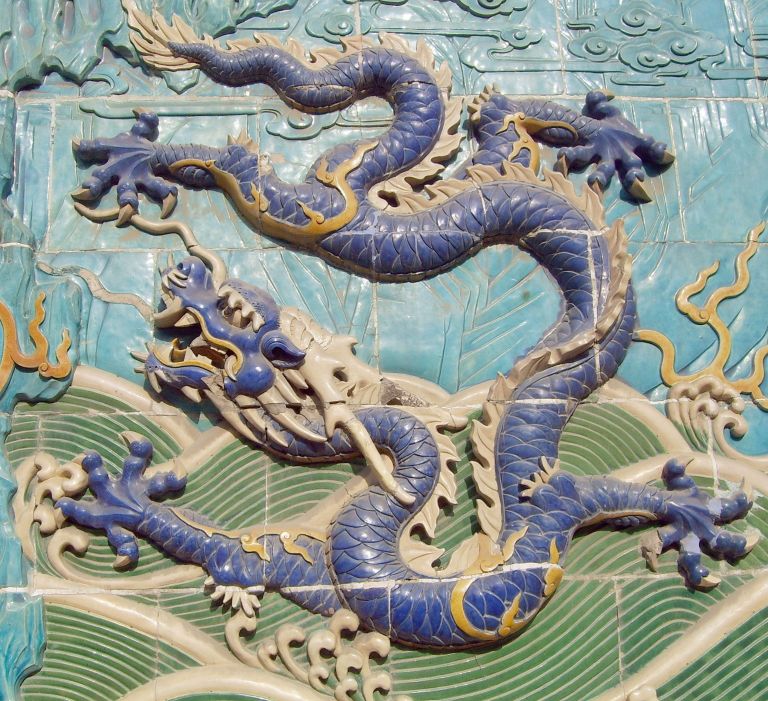
What we couldn’t put into the podcast, however, were all of the types of dragons within Chinese mythology. Nine types, to be precise. That number is a recurring theme in the mythology, being a sacred number. And with how the long are viewed, it’s no surprise they’re associated with sacredness. And the types reflect this more. There are celestial dragons, tianlong, who protect and carry the celestial palace. And on the other side are the dragons of hidden treasure, fucanglong, who live underground to protect valuable minerals and stones.

And it seems there’s much romantic notion in Chinese myth. In this case, it’s with two of the dragon types: the shenlong and dilong. The shenlong are the spiritual dragons, who control the weather, while the underworld dragons, dilong, live in the rivers and streams and are said to be feminine and mate with the shenlong.
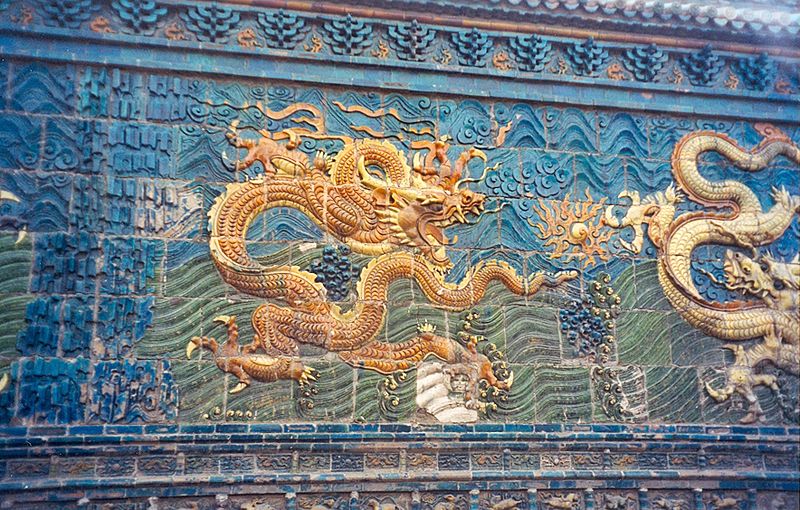
Similarly, the jiaolong, water dragons, are also aquatic but not the same as the dilong. They’re considered the most primitive type of dragon, being reptilian in appearance. Another type of water dragon are the panlong, the coiled dragons, similar to the jiaolong but they control time itself.
The other of the nine types are all humans who ascended to become dragons. Unlike the others mentioned, these 3 are individual dragons rather than the names of group types. Huanglong is the Yellow Dragon, who used to be the Yellow Emperor. The emperor’s servant also ascended, becoming Yinglong, the Winged Dragon. But the Yellow Emperor isn’t the only emperor to ascend. Long Wang, the Dragon King, is another.
More Than One Myth
According to mythology, there are only 4 dragons: those we discussed in the podcast episode. However, it seems Chinese mythology isn’t as simple as the concept of “one mythology”. The people of China had several mythologies, and several versions of those, too.
For instance, Emperor Huizong of the Song dynasty canonized five dragons as “kings”, these not being any of those we’ve discussed thus far, except the Yellow dragons, Huanglong. And they’re more like types of dragon than individuals, as well. These dragons are categorised by their colours.
Namely, the Azure (Qinglong) who were compassionate, Vermillion/Red (Zhulong) who gave blessings to lakes, White (Bailong) known to be virtuous and pure, and Black (Xuanlong) that dwelt in the depths of mystic waters. All these king-dragons are described as being spirits, and given their attributes, these dragon spirits would likely inhabit or reveal themselves to human kings and emperors.
Huanglong, however, isn’t presented as we talked about earlier. Here, the Yellow dragons are kings that favourably listen to petitions brought to them.
Sons of the Dragon King
Speaking of kings, how about we explore the sons of the Dragon King himself? The nine sons, at that. Unlike what you’d expect of offspring and siblings, these sons had varied appearances. Likely symbolic of what they represented, going by the symbolism of the animal-combination of the long.
We’ll start with the least extravagant son, Qiuniu, who was a yellow scaled dragon and patron of the musical arts. Along with appearances, the brothers also had different attributes to their personality. Like Chaofeng, who’d be Qiuniu’s opposite in his adventurous personality. Both of whom are striking in contrast to their brother, Chiwen, who resides in the sea and delights in devouring creatures.
Calm and collected Bi’an likes lawsuits and you can find his visage by jail gates. A lawful good dragon son. Pulao, on the other hand, seemed to be known for his crying. Not whimpering or wailing, but loud crying. Like a bell.
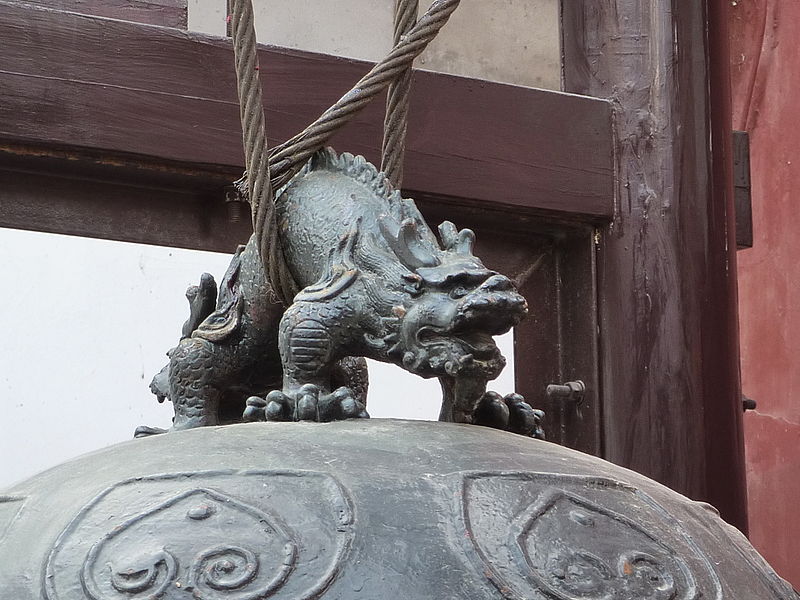
And if you thought that was where the contrasts end, you’re in for a thrill. Yazi is a unique dragon in that he has a leopard head with his snake body. He’s a warrior, keen to fight, and to kill. The other feline-like son is Suanni who has a lion shape. But unlike his brother, Suanni prefers to sit, cross-legged, and smell the incense wafting from the burners.
That’s seven sons discussed. Now we get to the really interesting two. The eldest son of the Dragon King is Bixi, who’s apparently like a turtle but with sharp teeth. While not ascribed to steadiness or slowness, Bixi is said to enjoy carrying heavy things.
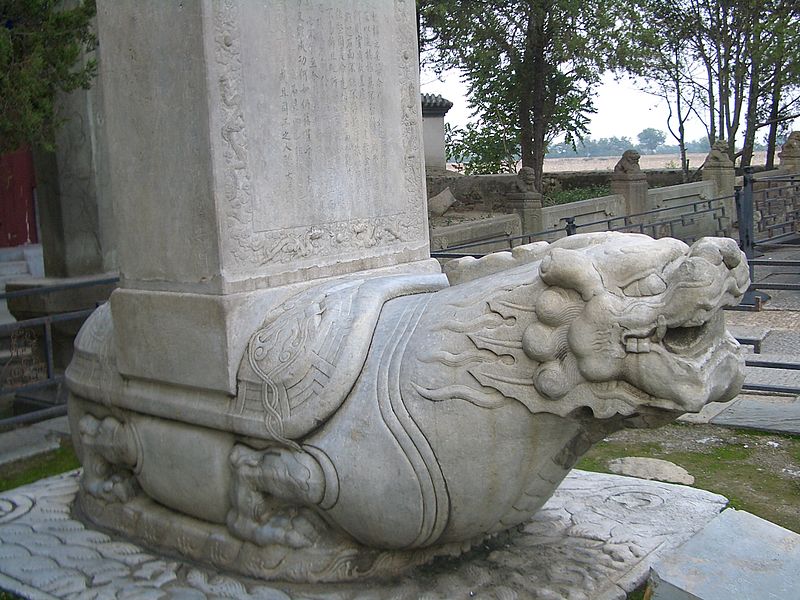
This leads us to the final son. Fuxi. We talk about him in the podcast as one of the two creators of human life and civilisation. But Fuxi here isn’t that dragon. No, this Fuxi is the son who most resembles the traditional Chinese long form, the conglomeration of different animal features.
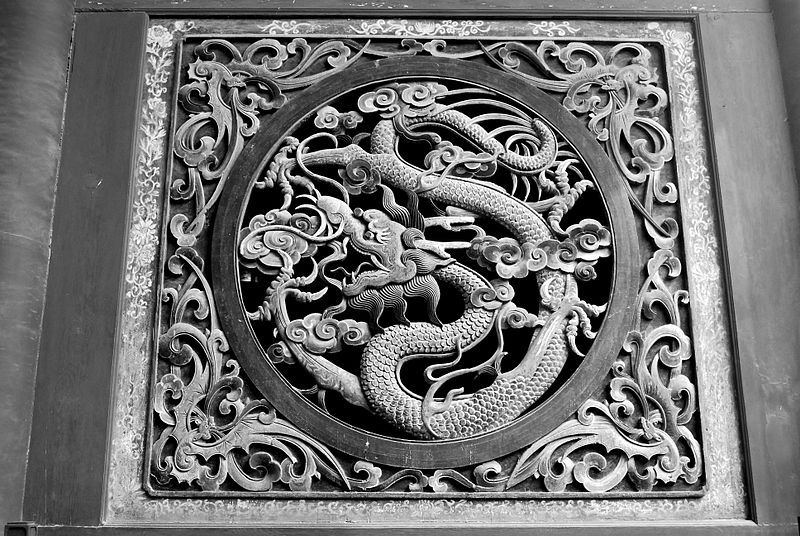
We’ve mentioned the animal-combo of the long several times already in this post, and so far, they all seem pretty rad but still very dragon dragon-like. This is where that ends. And this week’s post, unfortunately. Next week, we’ll dig through more Chinese dragons, however, and explore more interesting animal combinations within and of these dragons.
Until next time,
Later, Mythsters!
Sources
https://culturachina.net/en/chinese-dragons/
https://www.chinahighlights.com/travelguide/article-chinese-dragons.htm
https://archive.org/details/researchesintoch05dor pg 682

Anike Kirsten
Anike lives in the dead centre of South africa, an area called the Bo-Karoo, where she looks for spiders for fun. She is a writer, illustrator, mother, wife, and nerd-geek hybrid. Anike enjoys all forms of science fiction, fantasy, and horror. Well, almost all forms. Not romance. And loves stories from her home country. She is also one of the Mythster voices who may or may not go off the rails about something or another.
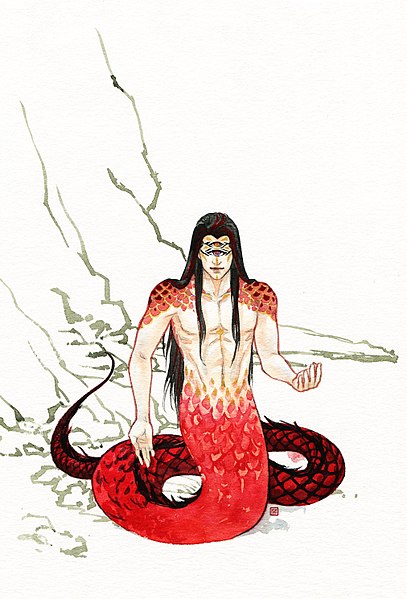
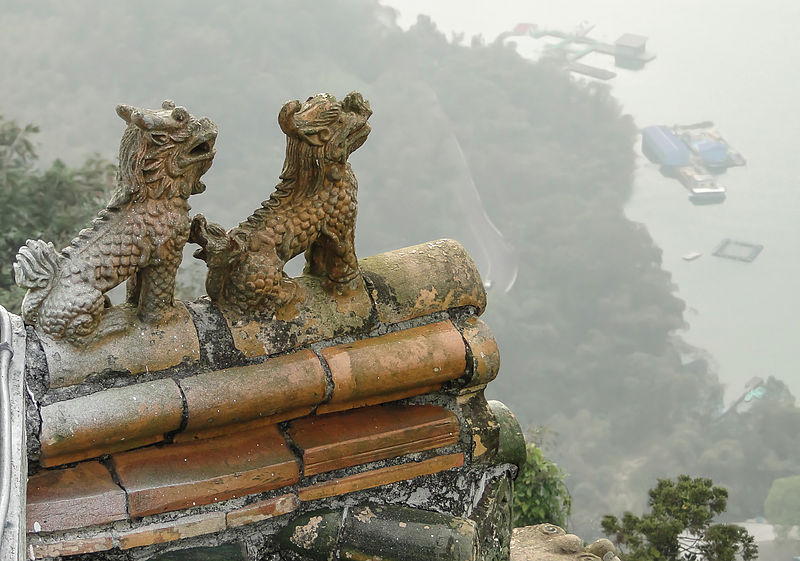
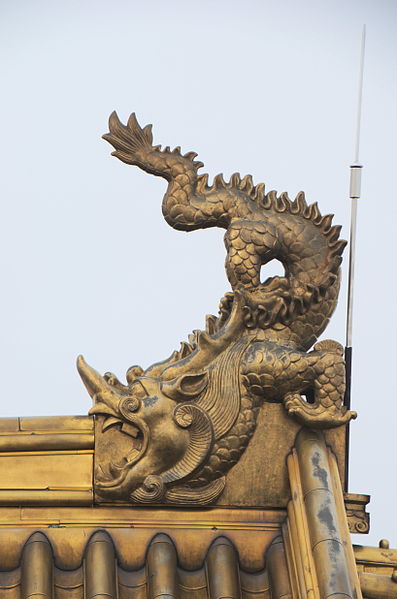

Be First to Comment